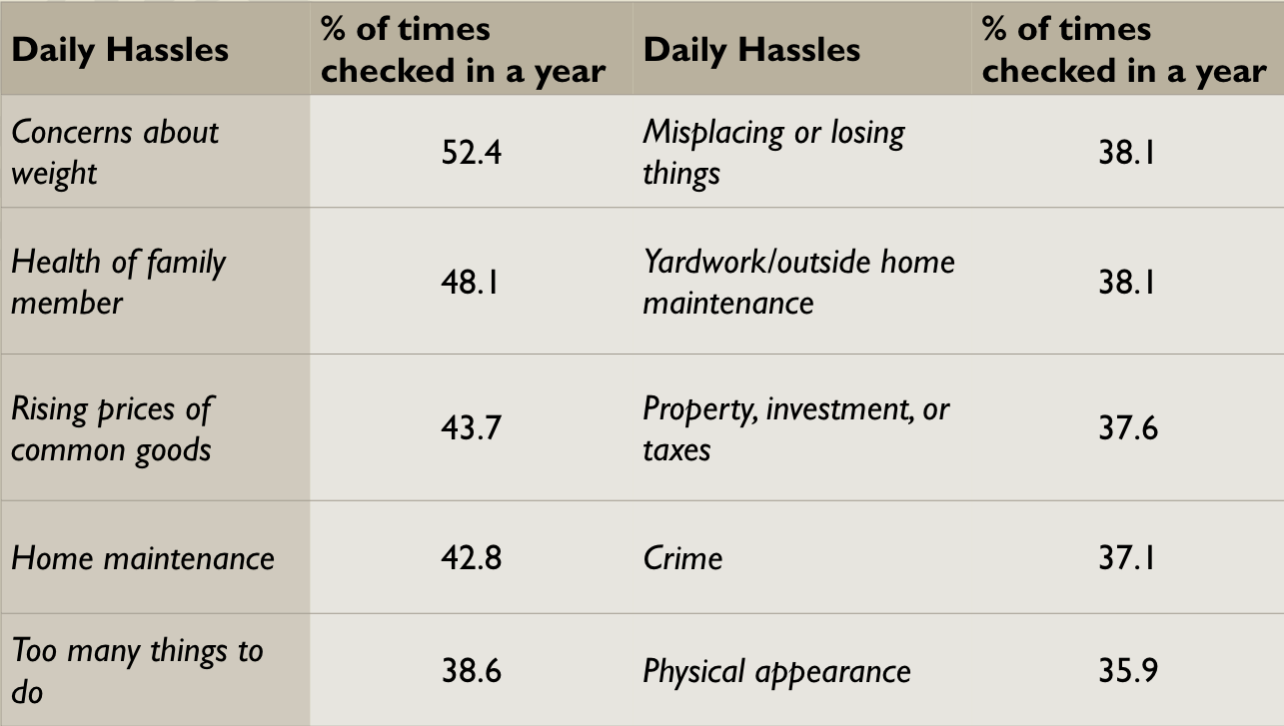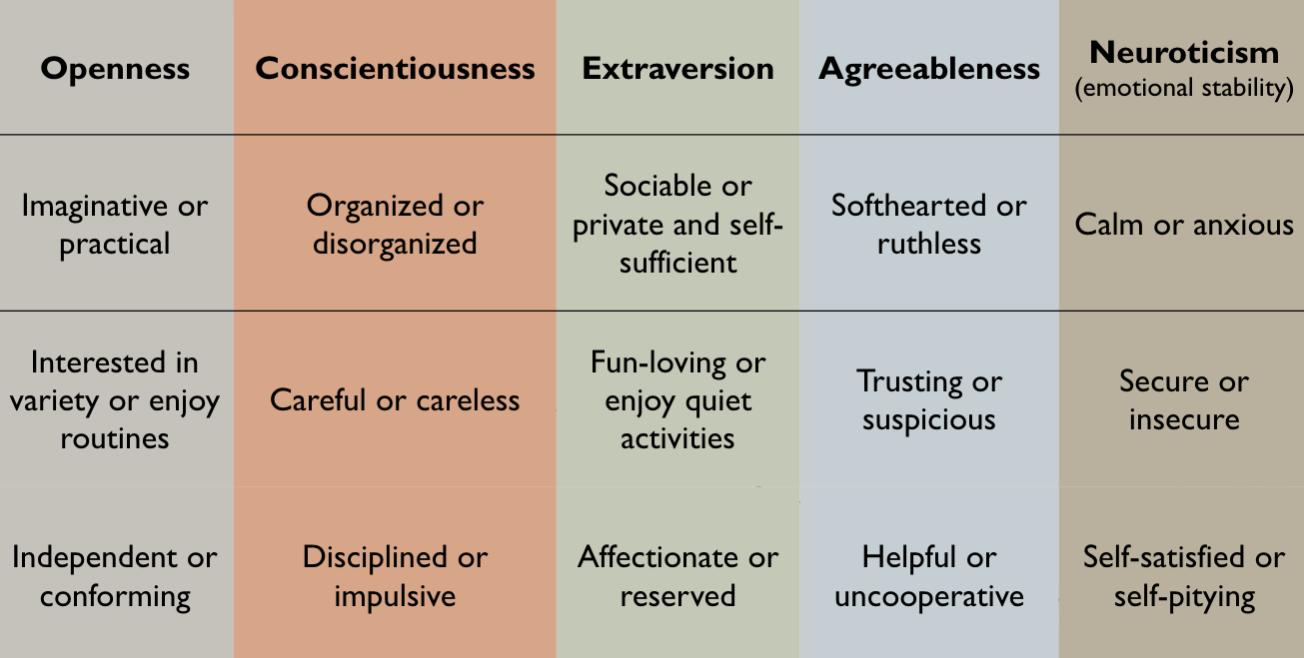Chapter 16
Socioemotional Development in Middle Adulthood

Erikson’s view of the self
Erikson’s 7th psychosocial stage of development is generativity vs stagnation.
Occurs in ages 40-65 years
Individuals attempts to find the virtue of care.
The goal is to resolve this crisis by contributing to society and being a part of a family
If a person ONLY concern is the self and their own well-being and prosperity, they are experiencing stagnation
Stress in Middle Adulthood
Women and men differ in the way they experience and respond to stressors.
Women:
More vulnerable to social stressors such as those invilving romance, family, and work.
More likely than men to become depressed after divorce or the death of a loved one.
More likely to seek therapy, talk to friends, read self-help books, take medication, and engage in comfort eating
Men:
More likely to attend support group meetings for addictions
Use sex, pornography, or the use of substances as an escape to stress.
More likely to become aggressive or socially withdrawn after divorce or death of a loved one.
Try to fix problems alone even if they know the solution requires support
Less likely to admit to having problems


Stability and Change in Personality
Costa and Mc Crea’s Big Five factors of personality (OCEAN)
Major ongoing study started in the 1950s
Studied men and women ages 20 to. 96
Concluded that considerable stability occurs in the 5 personality factors: emotional stability, extraversion, openness, agreeableness, and conscientiousness.
More recent studies indicate some developmental changes during adulthood.
Emotional stability, extraversion, openess, and agreeableness were lower in early adulthood, peaked between 40-60 years of age, then decreased once more in late adulthood.
Conscientiousness seems to show a continuous increase all through adulthood.

Love and Marriage
Security, loyalty, and mutual emotional interest are more important in middle-aged relationships.
Most married middle-aged adults report high levels of martial satisfaction
Around 36% of adults who are getting divorced today are 50 years old or older
Compared to earlier decades:
Divorce has less stigma
People are more likely to leave an unhappy marriage
More women are employed and less likely to experience financial abuse
Reasons for women: verbal, physical, or emotional abuse, alcohol or drug abuse, cheating
Reasons for men: just fell out of love, cheating, different values and/or lifestyle
Siblings and Friends
Siblings:
Sibling relationships persists over the entire lifespan for most adults
85% of adults report having at least one loving sibling
Sibling relationships may be: extremely close, apathetic, or hostile
Friends:
Friendships are as important in middle of adulthood as they were in early adulthood
Developing intimate friendships takes time, so those that endure over the adult years are often deeper that those newly formed in middle adulthood
